I had applied for an Artist-in-Residence volunteer appointment through Alaska's Voices of the Wilderness program, administered by the US Forest Service and the National Park Service. Western Arctic National Parklands had selected me from about 80 applicants for the 2015 season.
I tried to envision the area's natural and human pre-history as we passed over the beautiful snow capped Baird Mountains, skirted around Great Kobuk Sand Dunes, and descended over the Aniuk Lowlands where a massive glacial lake had stood thousands of years ago.
We were on our own...
It didn't take long for us to see that the high gravel platform where we'd been dropped off wasn't going to work for camping in this wind. We gathered up whatever we could shoulder and went looking for a sheltered location on the west side of the lake.
Tyler and I were already experienced with cold-weather camping. We'd made an early decision to each carry duplicates of critical gear, so that if an important piece of equipment failed, was lost, or misplaced, we'd be able to share. We also carried extra sets of warm clothing, reserving a dry set for possible emergencies. When preparing for this trip, I'd tucked a zero degree F rated mummy bag inside my larger -10 degree F sleeping bag, and then laid them both over an insulated inflatable air mattress. All things considered, I figured that this would make for a warm and comfortable night, at least when combined with a couple of layers of polypro, fleece, wool, and down clothing to cover any bare skin.
A strong cold front blew in during our first night at Feniak Lake, and the wet ground around our chosen campsite froze rock-solid, effectively converting our tent pegs into pitons. I was thankful that I had learned not to rely on the manufacturers' comfort ratings for my sleeping bags, as neither bag alone would have sufficed alone in such weather.
Day 2
Other than a few skulls and racks of antlers, large animals were nowhere to be seen. We crossed several caribou and bear trails; sometimes side-by-side, and found recent sign from both species. We accidently flushed a raptor when we came too close to its hiding place. Like the other animals with better-than-human instincts, the bird was apparently hunkered down for the weather. It struggled to get aloft, turned, and let the wind carry it away.
The winds picked up again during our second night and Feniak Lake became downright choppy.
As temperatures dropped, ice formed quickly over the streams and pools that we'd need to cross if wanted to hike further along the perimeter of the lake. We deemed crossing deeper water imprudent under these conditions, and made a strategic decision to stay closer to camp
We were surprised to discover that the water in a shallow pool close to camp had frozen in-place as waves during this wind.
We'd scheduled twice daily check-ins by satellite phone, at 9 am and 6 pm. On our third morning, Tyler reported deteriorating weather and suggested that although we were warm and dry, and had plenty of food and fuel, we would be amenable to a pickup during the next day or two - if convenient. We agreed to discuss landing conditions again on our next call, as it was plain to see that no float plane could land at Feniak Lake under the conditions that morning. We were also advised that the weather had delayed air transports for about 75 other people around the Noatak (hunters, scientists, etc.).
Given the unrelenting wind, it would have been impractical to unpack my tripods and six other cameras that I'd brought with me in hopes of recording a mass caribou migration. There were precious few animals to be seen, and the memory of cameras that I'd lost in the past to silt and water spray damage was still fresh on my mind.
If I'd been thinking ahead, I would have also switched to an older pair of glasses that I'd brought as a spare - but I hadn't. By this time, my new glasses had already been fogged beyond repair by scratches from blowing silt and sand, but at least they'd served their primary purposes, enabling me to see the view - and keeping that sand out of my eyes.
We were both prepared for spending much of our third day reading in our tents; me with a stack of technical reports about the area's natural and cultural history, and Tyler with a good book. I also slipped outside frequently to take additional reference photos of vegetation, rocks, land, water, and sky for the painting that I was already designing in my mind.
Considering the landscape laid out before me, I decided to paint a panoramic time-series, with three panels each representing time periods several thousand years apart (about 12,000 years ago, 2,000 years ago, and the present).
We spent our final day in the field breaking camp and carrying gear to a pickup site, situated between our camp and the original drop-off location. Dan picked us up around 5 pm for the flight back to Kotzebue. While wind and wave conditions were still rough, they were also probably the best we'd seen since we'd landed.
This brief foray into the Noatak Wilderness was perhaps not everything that Tyler or I had expected. We weren't able to patrol the full perimeter of the lake on foot, to explore the ancient caribou drives that had been described to me by archaeologists, or to inspect dramatic ground-thaw exposures that I'd seen previously from the air. But we also didn't lament for lack of a tram, ferry, or other modern conveniences that might have made our visit that much more "predictable".
We adapted our expectations to experience Wilderness on its terms - not ours. It has to be that way, because when we reshape nature to fit even the best designer's image of what it could become, we've lost the strong benefits of investing ourselves in solitude, sensing what is natural with all five senses, and on nature's own terms. Anything less than this becomes...well, a stroll in the park - as beautiful, welcoming, pleasant, safe - and tamed as that can be.
Wild-ness is the critical element that makes Wilderness what it is.
My artwork and my life are greatly enhanced by authentic experiences. I will likely need to draw upon both the right and left sides of my brain to fill in the gaps between the scenes that my eyes and camera witnessed here and the art that I produce, but I would not trade my memories of the Noatak Wilderness for a bag of Alaska gold.
This story does not end with our flight back to Kotzebue. It picks up again with regular posts on my National Park Art Facebook page. There, you can follow my process of creating three new paintings for the Western Arctic National Parklands visitor center.
We love feedback. Feel free to leave comments or questions on Facebook, and if you like National Park Art, please "like" the National Park Art Facebook page.
https://www.facebook.com/NationalParkArt/
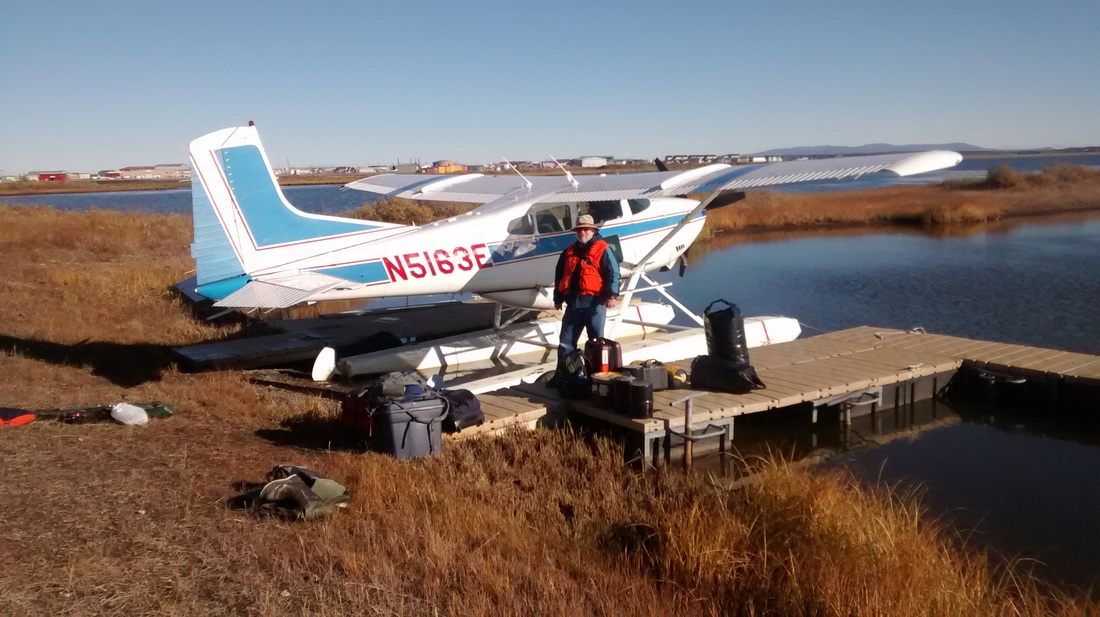
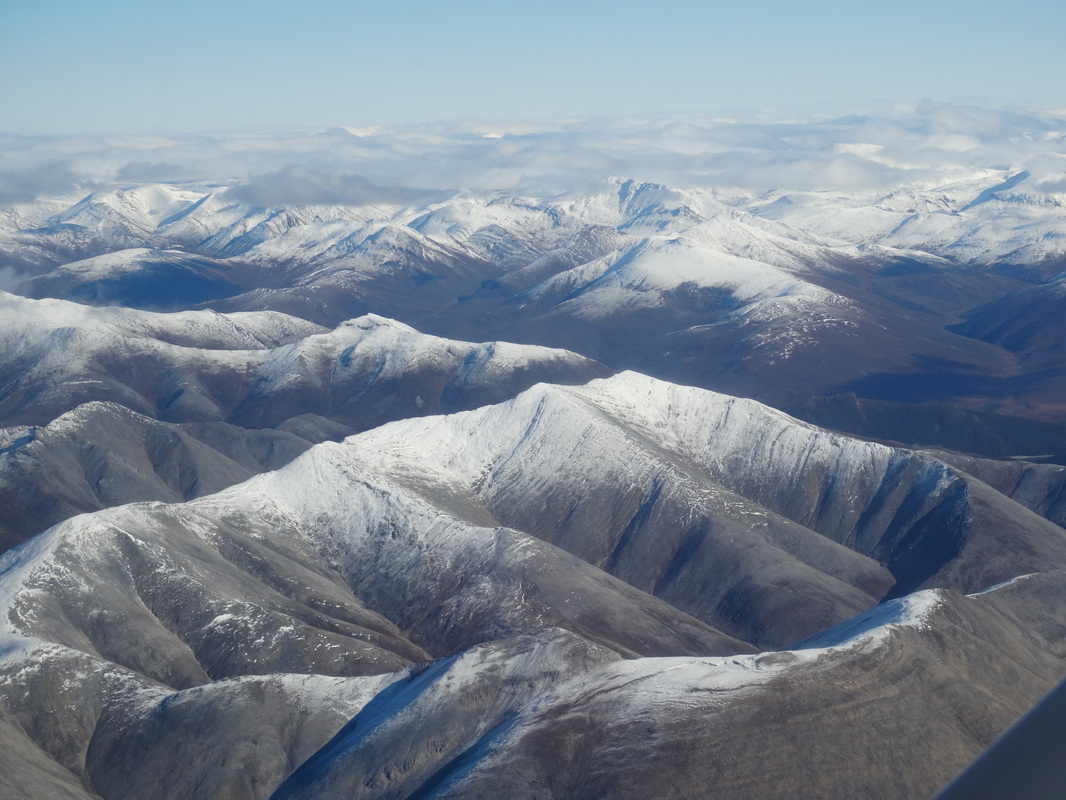
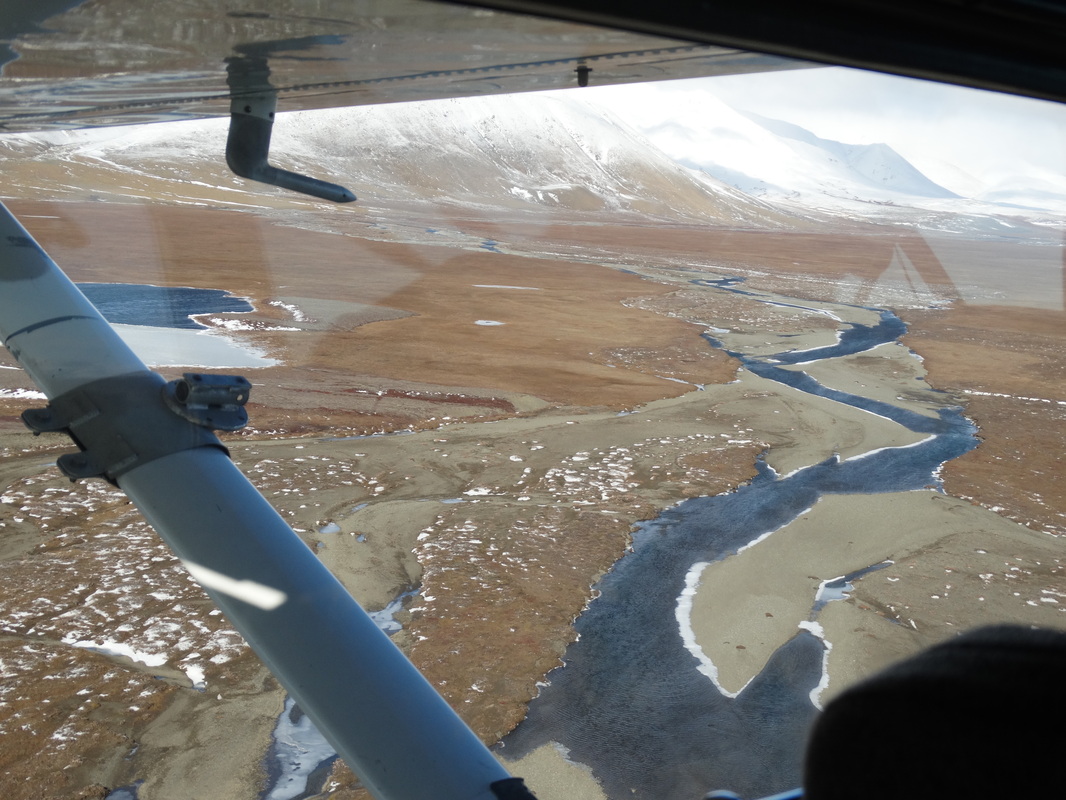
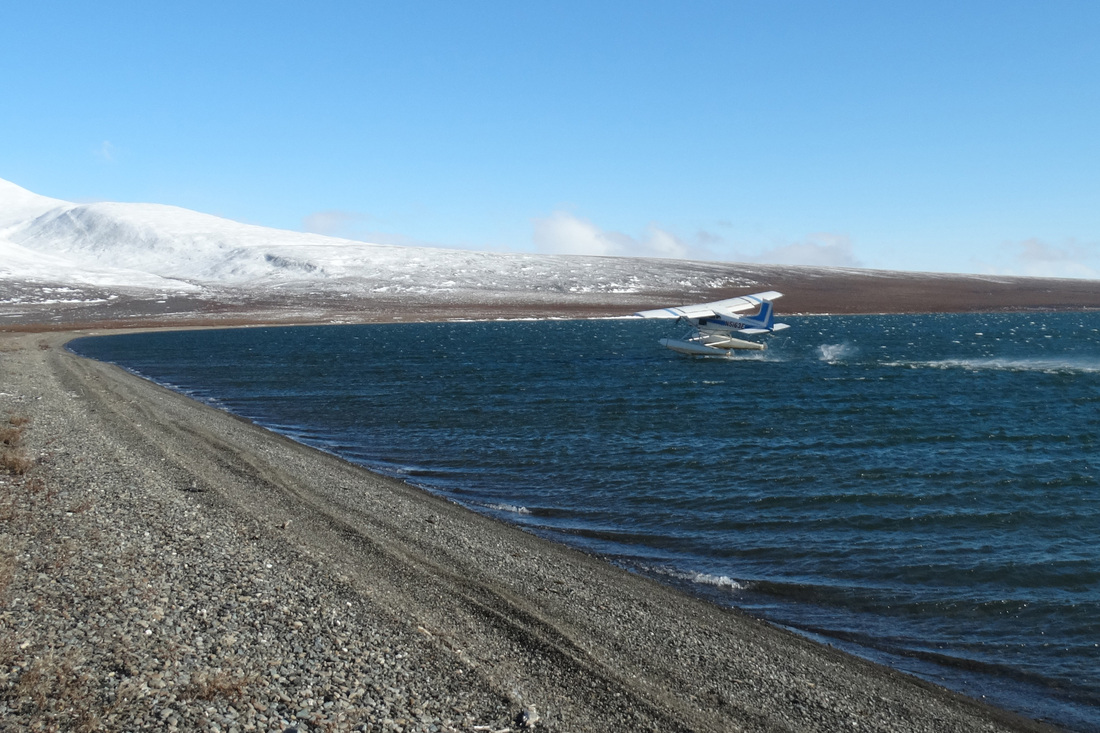
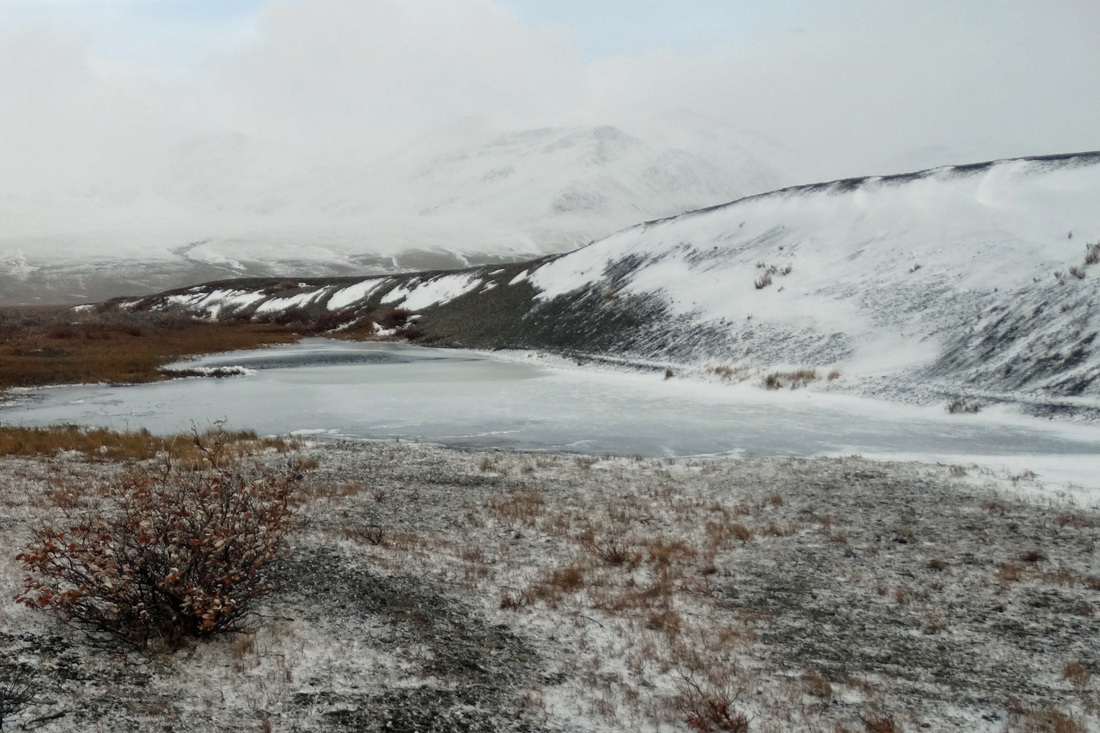
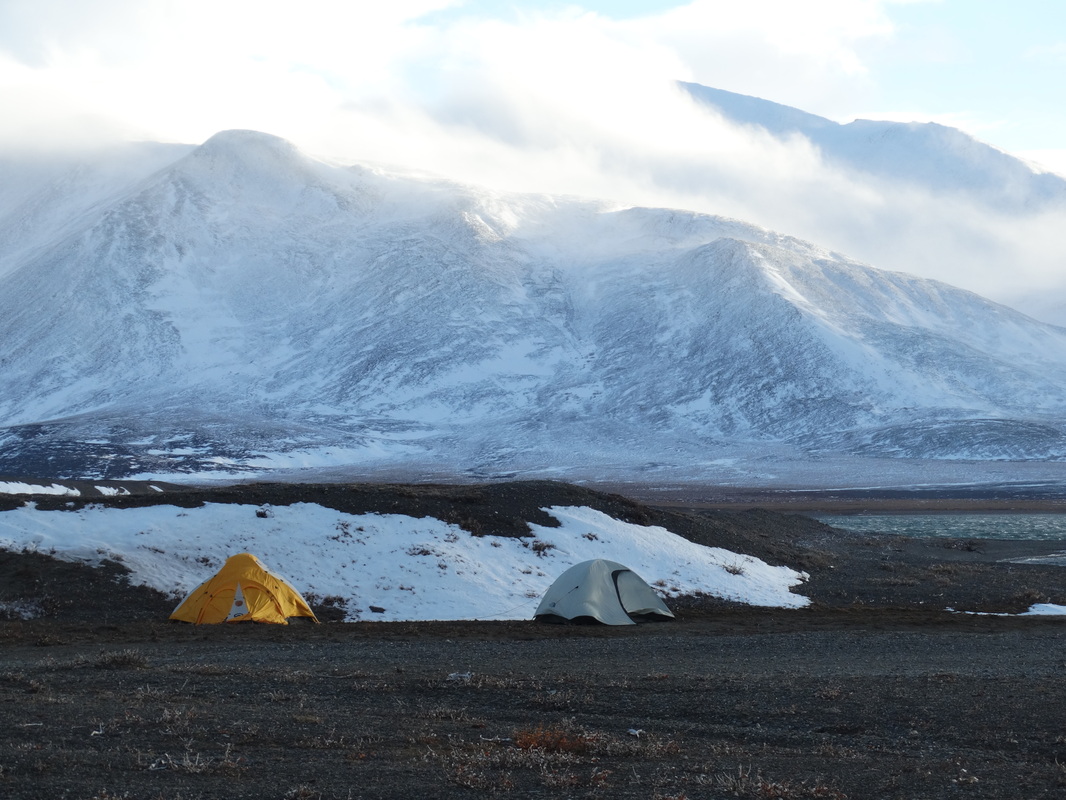
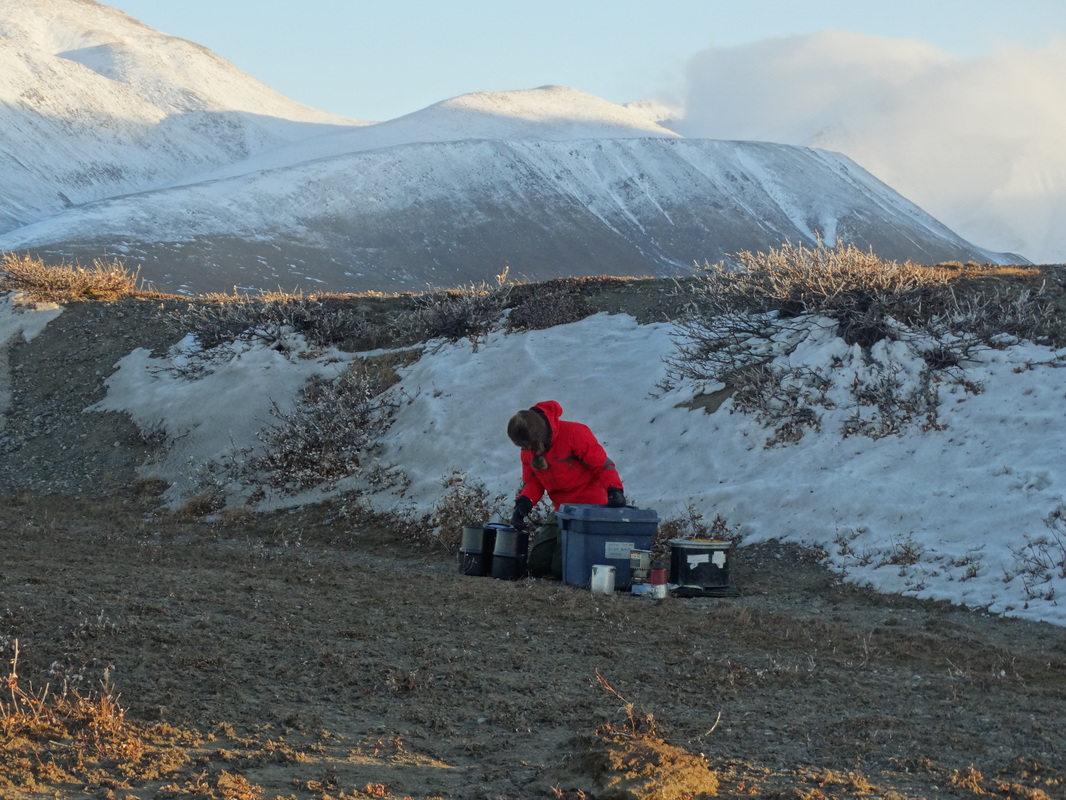
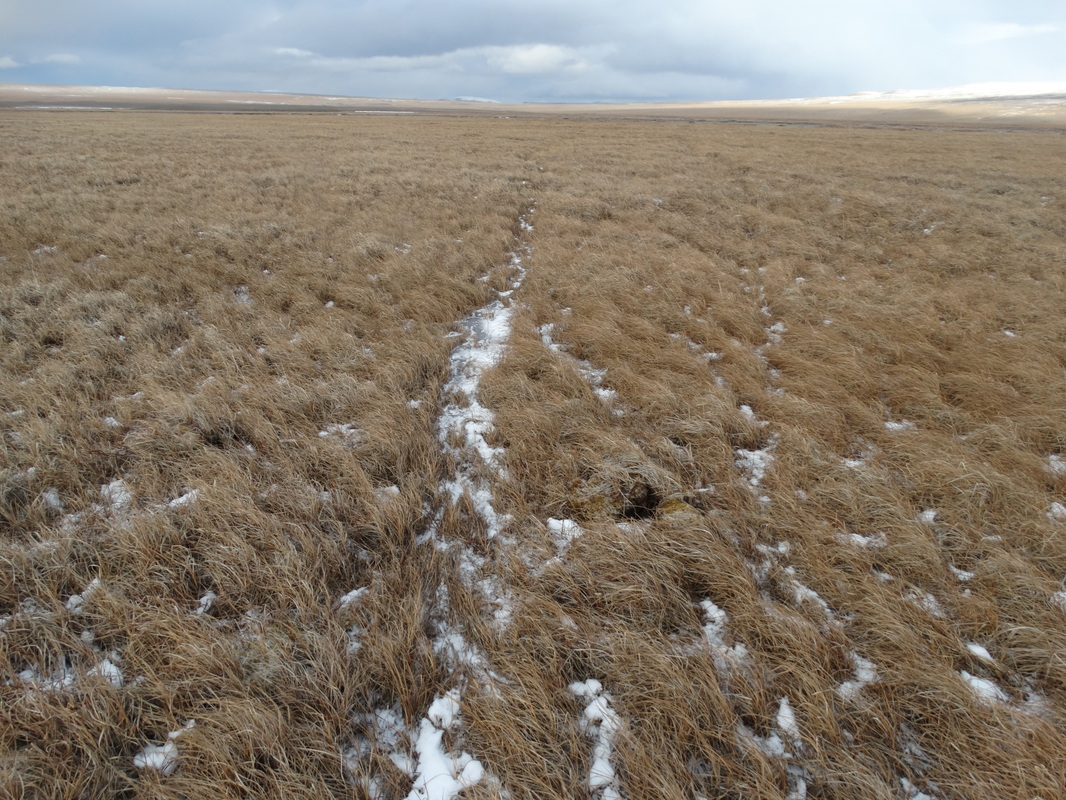
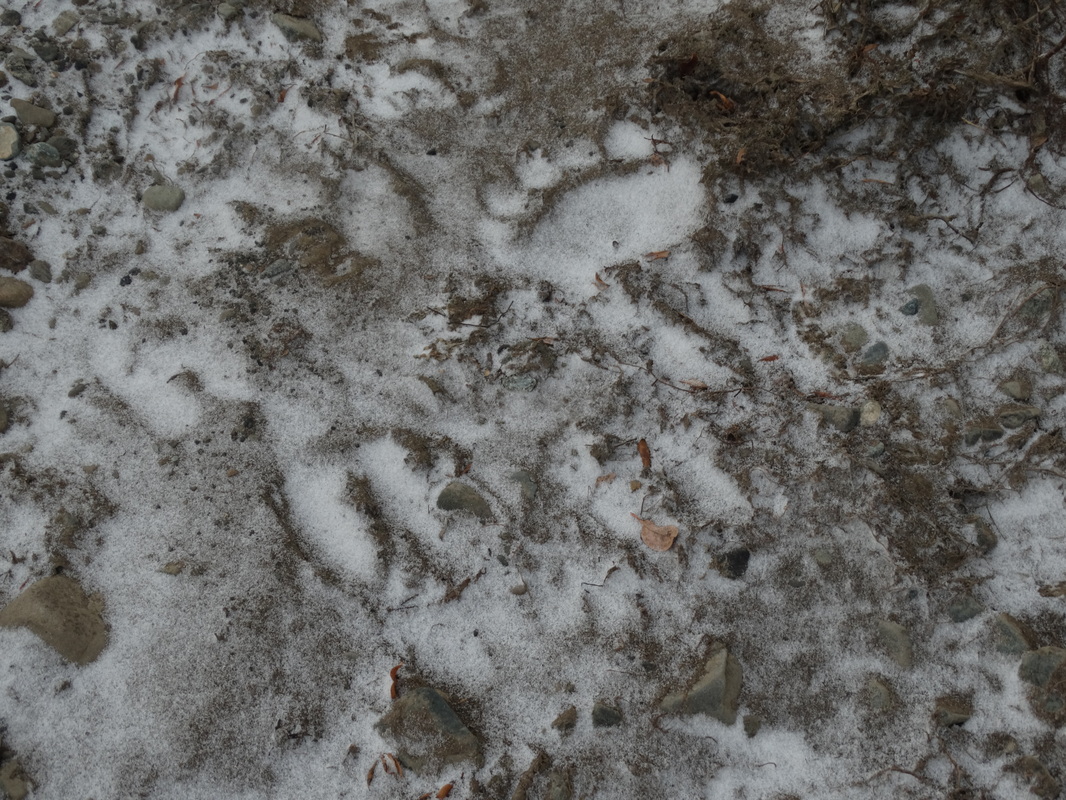
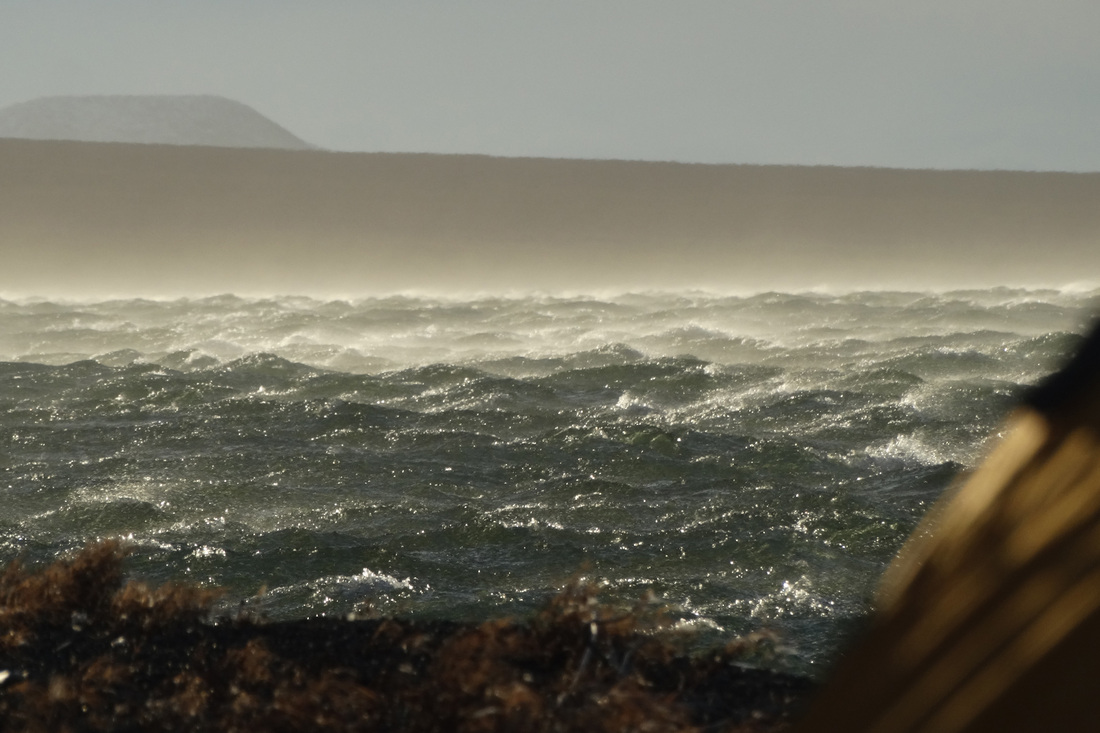
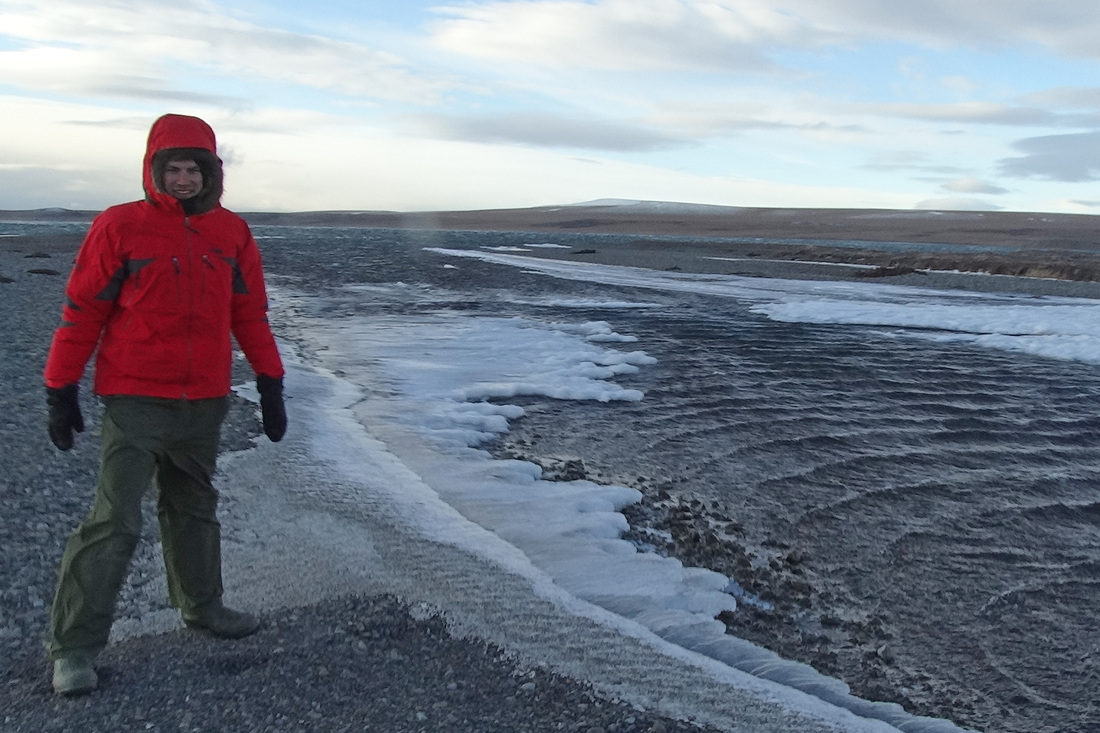
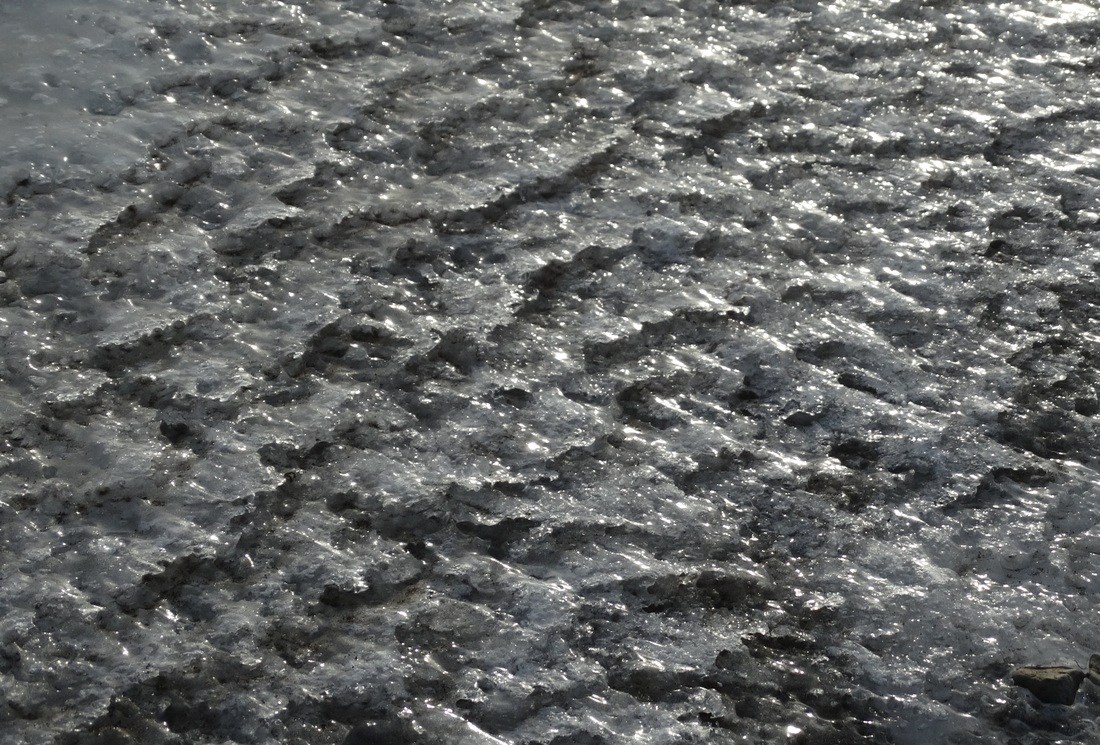

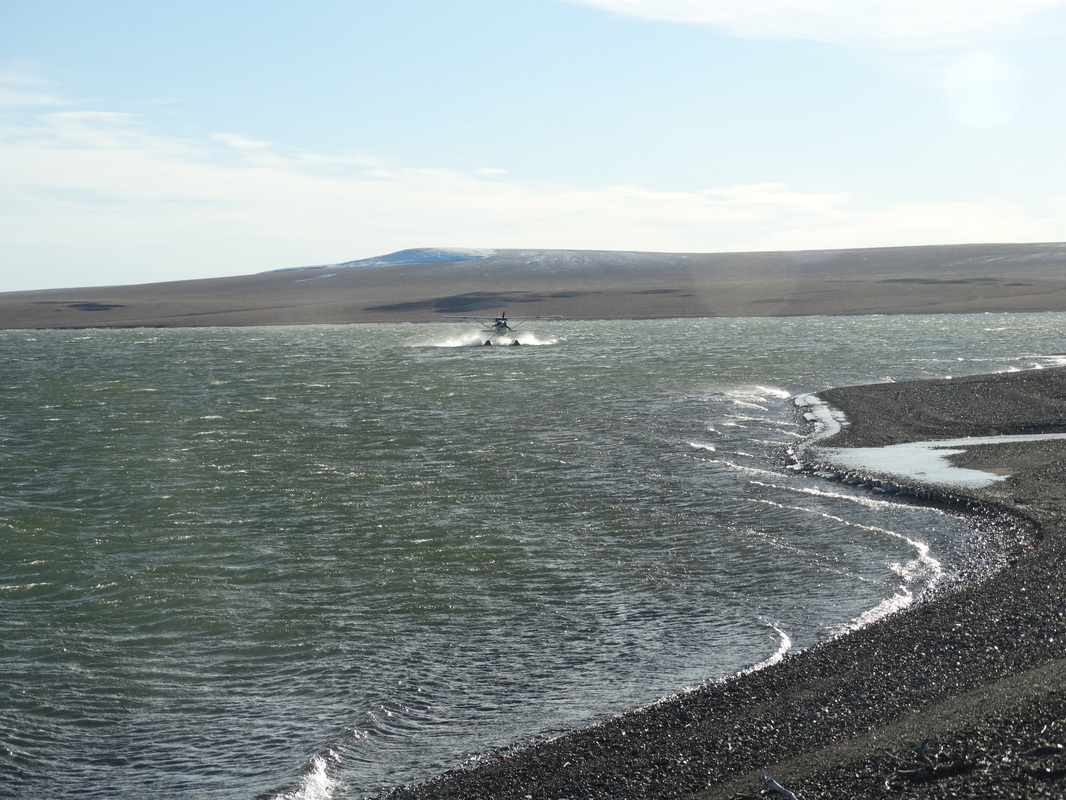
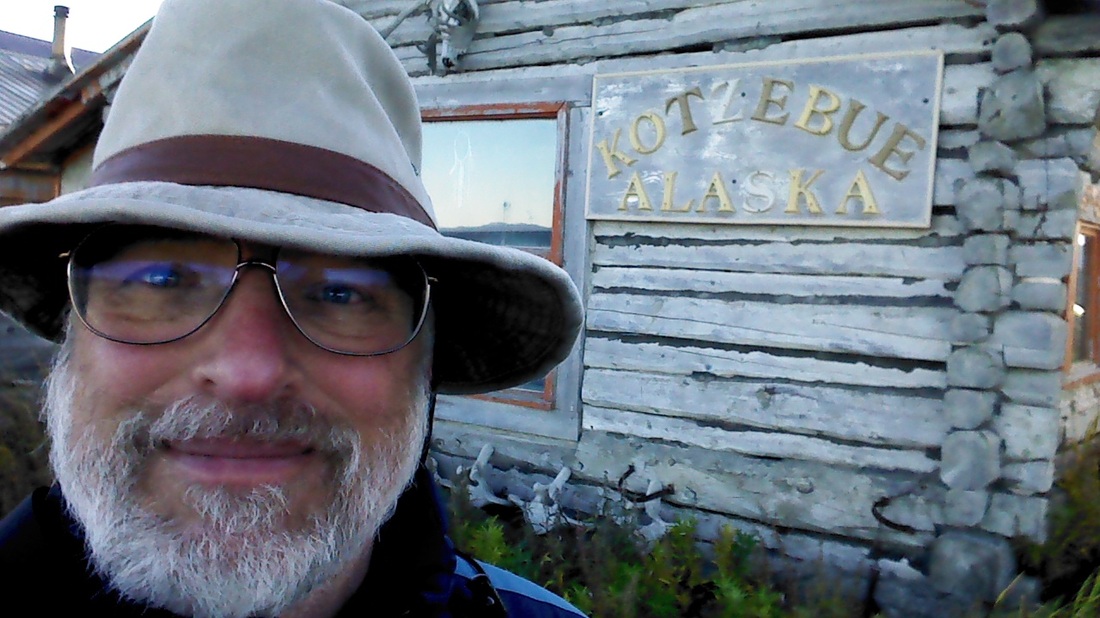
 RSS Feed
RSS Feed